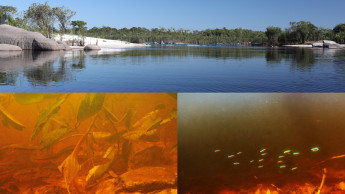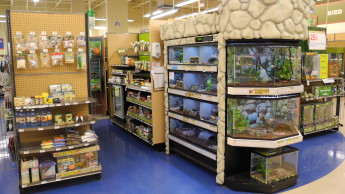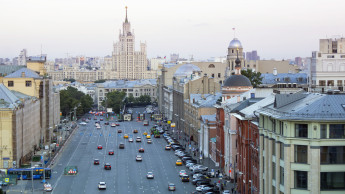

Leonhard Schaudi, the proprietor of the German wholesale company Exoterra, embarked on an expedition to Madagascar to find panther chameleons with new markings
Five years ago, our supplier in Madagascar, with whom we have worked closely for 15 years, sent us a delivery of panther chameleons (Furcifer pardalis) with a wide variety of markings. The batch of 80 chameleons in all included four specimens of very striking colouring. We had no idea where these four originated from - normally it's possible to determine where panther chameleons come from on account of their markings. When we enquired of our supplier, we learned that these reptiles were from an island to the north of Madagascar. Indeed, bagging these specimens had been a stroke of luck, the supplier commented. An American university had been carrying out a field study on the herpetology of Madagascar and had found this island species during the mapping process.We brought up the subject of this island chameleon on several occasions with our supplier, but reasons of cost and time prevented him from going there to get more of these specimens. Eventually, at the beginning of 2005, he applied for a trapping licence for the group of islands. We wanted to collect the reptiles ourselves with his chameleon hunter. In October 2005 the government of Madagascar finally released a quota for the export of panther chameleons. By mid-November we had our import licences for the reptiles ready and the trip was able to go ahead.At the start of February 2006, I flew with a member of my staff via Paris to Antananarivo, the capital of Madagascar, where our supplier lives and works. As well as coming to search for the new chameleons, we were also here to take a look at his farm and nursery. We saw some very beautiful succulents along with a wide variety of orchids, and quickly came to the conclusion that the plants would be ideal for terrariums. We will therefore be offering these at the forthcoming Interzoo, where our designer terrariums will be planted with the various species we are importing, such as Cyphostemma, Euphorbia, Pachypodium etc.On the second day of our stay in Madagascar, we flew north from Antananarivo to Ambilobe. Here we met up with our supplier's very experienced trapper, an Austrian who has been living in Madagascar for 15 years. It soon became clear to us that our venture would have been doomed to failure without his local knowledge of the language alone, for here one needs to be fluent in the native tongue of Malagash! We stocked up on provisions, petrol and drinking water, and after a journey lasting several hours through terrain where panther chameleons…
Related articles
Read also

 Menü
Menü





 5-6/2006
5-6/2006












 Newsletter
Newsletter